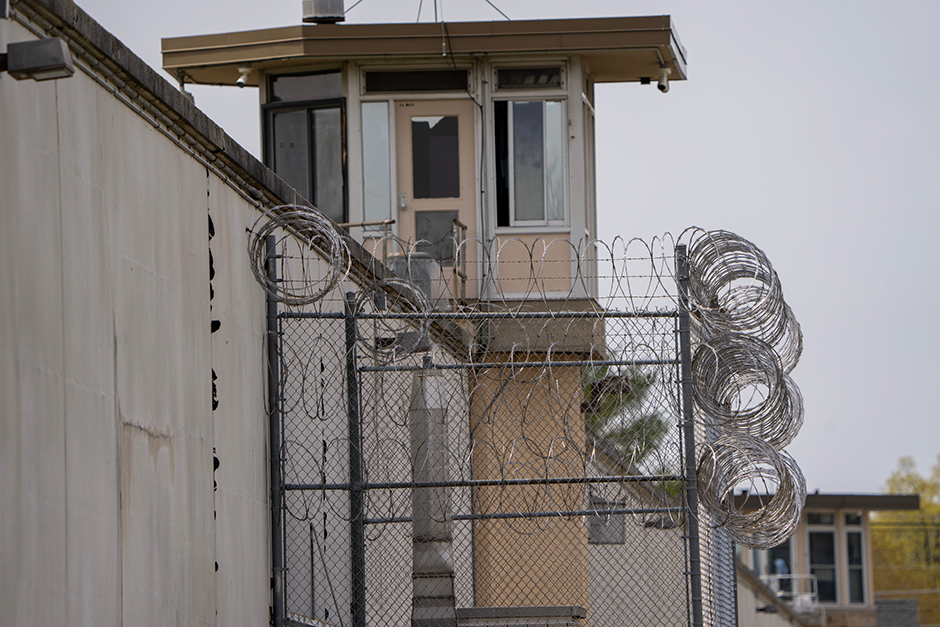Wisconsin Prison Deaths Highlight Overcrowding
Overcrowding trends do not correspond with increase in reported crime in the state

Wisconsin’s prison population has swelled since a pandemic dip, complicating efforts to address dangerous conditions that were highlighted in June 2024 when prosecutors criminally charged nine Waupun Correctional Institution workers, including the former warden, following multiple prisoner deaths.
The former warden at Waupun was among nine state employees charged in connection with the deaths of inmates Donald Meier and Cameron Williams. Meier and Williams were among six Waupun inmates who died from various causes since June 2023. Investigators and family members have linked many of those deaths to inhumane conditions and the treatment of inmates by corrections staff.
State leaders can’t substantially improve conditions without decarceration, through releasing more incarcerated persons and diverting others to programs rather than prisons, justice reform advocates say. The high population requires prisons to need so many guards and medical staff in the first place. Curbing the population, advocates say, is the pathway for closing the troubled Waupun and Green Bay prisons, which were both built in the 19th century.
“Wisconsin doesn’t have more crime than other states, but we have a bad habit of keeping people incarcerated much longer than necessary,” Beverly Walker and Sherry Reames of WISDOM, a statewide faith-based organization.
The state’s adult institutions were locking up nearly 22,800 people as of August 9th, more than 5,000 above the design capacity of Wisconsin’s prisons and more than 3,000 above levels three years ago when COVID-19 actions shrunk prisoner ranks to a 20-year low. If the growth persists at this rate, Democratic Governor Tony Evers’ administration could oversee more prisoners within a year than it inherited when Evers succeeded former Republican Governor Scott Walker in early 2019.
The trend does not correspond with an increase in reported crime. Statewide offenses reported to the Wisconsin Department of Justice were up in 2021 but declined in 2022 and 2023.
The prison population increase comes years after Evers vowed to ease crowding in a state that stands out nationally for disproportionately imprisoning Black residents. In a 2018 Democratic gubernatorial debate, Evers, who has spoken of “second chances” and “redemption," called a goal by activists to cut Wisconsin’s prison population by half “worth accomplishing.”
The prison overcrowding problem in Wisconsin spans policy and politics. Evers contends with a Legislature led by Republicans who seek to paint Democrats as soft on crime. Meanwhile, some Democrats say Evers has done too little to wield his own powers to reduce crowding. “I’m hoping he honors the promises he made on the campaign trail,” said State Representative Darrin Madison (D-Milwaukee). “Because right now that promise is not being fulfilled the way voters thought.”
Evers spokesperson Britt Cudaback pointed to the governor’s last three budget proposals — largely rejected by Republican lawmakers — that, she said, sought to “bolster evidence-based and data-driven policies we know have improved community safety and reduced recidivism in other states, and support alternatives to incarceration, including increased investments in treatment and diversion."
"The single greatest obstacle to implementing real, meaningful justice reform in Wisconsin is Republican control of the Legislature,” Cudaback added. “There’s no question that if Republicans had adopted all or even some of the governor’s justice reform initiatives, Wisconsin would have begun relieving pressure on correctional institutions years ago.”
In a Presidential election year, the candidates at the top of the tickets routinely get the vast amount of press attention nationally. However, many issues are at stake in state and local elections across the country; this specific example of overcrowded prisons in Wisconsin and the resistance to criminal justice reform in a Republican gerrymandered state legislature is one example of many. When advocates say down-ballot races are just as deserving of media attention and the energy of campaign movements, this is why.
You can use the Plural Policy Legislator lookup tool to find your state and local legislators, which is even more important to know now after 2020 re-districting reshaped legislative maps. Research those legislators running in your districts, find out where they sit on the issues that matter to you, check HERE to ensure your voting registration is active (VERY important as some states are actively purging voter rolls in efforts to disenfranchise voters), and vote accordingly.










